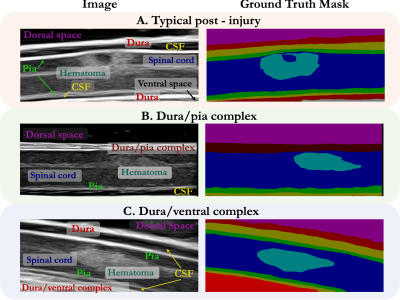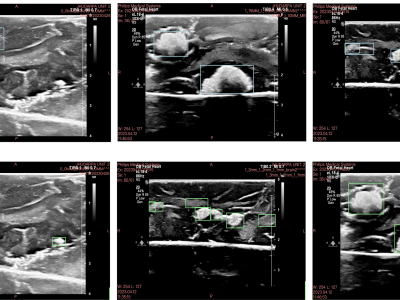
Maternal, sexual and reproductive healthcare (MSRH) are sensitive urgent public health issues that require timely trustworthy authentic medical responses. Unfortunately, curative healthcare systems of Low Middle-Income Countries (LMICs) are insufficiently responsive to such healthcare needs. Such needs vary among social groups often founded on social inequalities like income, gender and education.
- Categories:






